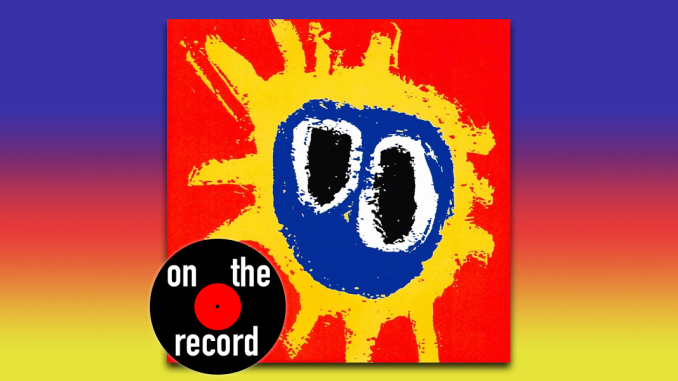
A recent report from the European Commission has dubbed Glasgow the top “creative and cultural” center in the UK, followed by London, Bristol, Brighton, and Manchester. 190 cities in 30 EU countries were ranked on the basis of “Cultural Vibrancy,” “Creative Economy,” and the city’s “Enabling Environment.”
“Glasgow was one of the first European capitals of culture, in 1990,” the report states. “Known as an industrial city, it has now gained recognition as a creative and cultural centre of European importance.”
It seems that I may have inadvertently moved to the New York of the UK! In the report, Glasgow was praised in particular for its “openness, tolerance, and trust” – Never mind, that doesn’t sound like New York at all.
In reality, Glasgow has proven it’s more than just talk. The list of small, club-type venues is endless, with live music scheduled every night of the week. King Tut’s on St. Vincent Street once hosted bands like The Verve and Radiohead before their incredible stardom. It’s also where Oasis is said to have been discovered and picked up by their record label. The Barrowlands in the east end of the city first opened its doors in 1934, and has hosted nearly every genre of music you can think of. The Scottish Opera, Scottish Ballet, and National Theatre of Scotland all call Glasgow home, and the chancellor of my university is none other than former Eurythmics member, Annie Lennox. Even walking around the town in the daytime, you’ll see dozens of public murals, small basement art galleries, and plenty of buskers. This city thrives on art.
But it doesn’t gloat. The people here are just as comfortable gazing at mid-century paintings as they are slugging back a pint in a pub with a local band playing, and they’re remarkably friendly to outsiders. In fact, the city’s current slogan is “People Make Glasgow”, alluding to a survey from a few years ago that asked participants “what makes Glasgow great?”
In honor of that, this week I listened to a band that any self-respecting (or over the age of 35) Glaswegian will know: Primal Scream. They formed in Glasgow in the early 80s, and became famous for their signature psychedelic-rock-meets-electronic-alternative style. This week, I spun what many people consider to be their best album, Screamadelica, released in 1991.
The opening track, “Movin’ On Up”, will deceive you, with its organs, piano, and gospel backing vocals. It sounds like a classic Rolling Stones tune, and that’s because Jimmy Miller, the producer behind iconic Stones albums like Beggars Banquet and Goats Head Soup, lends his talents to Screamadelica. This isn’t your average early 90s indie dance band, and the album immediately shifts.
The rise of the house music scene in the last decade of the 20th century did not pass over Primal Scream, but this may be the album for those who want to dip their toes into it, without losing sight of the core values of rock’n’roll. Take, for example, the second track on the record, “Slip Inside This House.” The lead vocals from frontman Bobby Gillespie are gritty enough without being overbearing, there’s a house beat with a fat, funky bass line, some sitar for the acid hippie in all of us — but there’s still the Stones-esque piano to bring it back down to the ground. You don’t necessarily need to listen to Screamadelica high on acid, but my best advice would be to listen with your best headphones or stereo equipment — you’ll want to hear every detail.
A flute melody on “Inner Flight” has a Beach Boys tone to it — and indeed Pet Sounds served as an inspiration for Gillespie. There’s jangly elements, akin to The Byrds, and there’s a funky R&B feel similar to The O’Jays. Screamadelica seems to be a record full of influences, and yet it sounds like nothing I’ve ever heard before.
“I have this big thing about the fact you should be able to dance to rock’n’roll,” Gillespie told LouderSound in 2018. “What I liked about the whole acid thing was that you were dancing. Maybe you were dancing because you were on MDMA, but nevertheless there were a lot of electronic funk rhythms going on.”
Clearly, there’s a lot of experimenting happening, with layers of sounds on top of each other, and yet it feels calculated. A little overwhelming and weird at times, but captivating. Each time I thought I had a song figured out, something new switched. It’s not about the vocals or the lyrics, or even the melody — it’s about the whole picture that the song creates, even if that picture leads to a sensory overload. I read one particular Pitchfork review that described it perfectly as a “kaleidoscope”.
The city of Glasgow seems to be similar — a diverse conglomerate of music, art, and theatre — but culturally vibrant, creative, and now officially recognized by the EU for everyone to enjoy.
